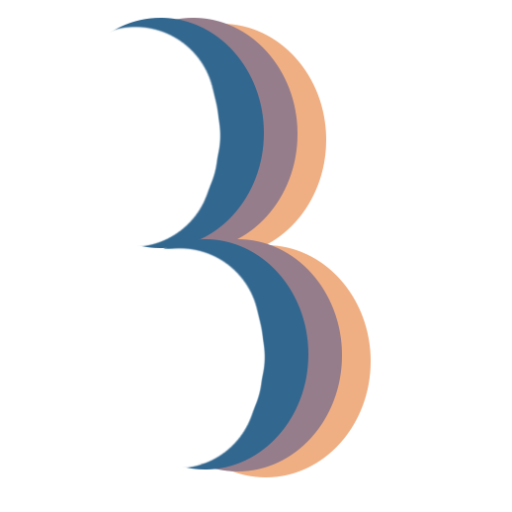
How to learn a language by reading
How to learn a language by reading
As children we were constantly encouraged (and, er forced) to read. We read textbooks and novels. We took turns reading out loud as a class having our pronunciation corrected and following along when it was someone else’s turn. Remember the multiple-choice reading comprehension questions that we had answer after those short stories?
Immersive reading is a dynamic experience that was, and continues to be, an important part of how we learned our native language back in the day and continue to build our vocabulary throughout our lives. The same is true when learning a new language. Immersive reading has three components – extensive reading, intensive reading, and following along with audio (be it with an audiobook or a native speaker).
Extensive reading + Audio
Extensive reading is all about context and just trying to have a general idea of what you are reading and not focusing on looking up each and every word you aren’t yet familiar with. You are doing work by simply engaging with the text and trying to understand. If your read along with an audio book, even better. Most of us don’t have a native speaker to read with us so audio books are great complements (and you can adjust the speed to your liking). Audio books help with your pronunciation as well as your ability to understand spoken language.
Intensive reading + Try Reading Aloud
This involves looking up most or all of the words you see that you don’t know. Keep a dictionary nearby as your read or type the words into Google Translate to hear the pronunciation and see the translation. Take it slow and practice your pronunciation. This is fantastic for vocabulary building because you are learning the meanings of new words and seeing them in context which helps with retention.
While in the early stages of language learning, we tend to read intensively because our vocabulary is still too limited to allow for the use of “context clues” to get an idea of what is going on. Unless there are pictures, of course. This will also be the preferred method for learners who have not yet developed the ability to sit with ambiguity. And that’s okay!
Browse our intensive reading resources here
Make It Part of Your Daily Routine
What works for your daily life? Challenge yourself to set aside 30 minutes to an hour every day alternating between extensive and intensive reading. The more you read, the more language you will pick up.
